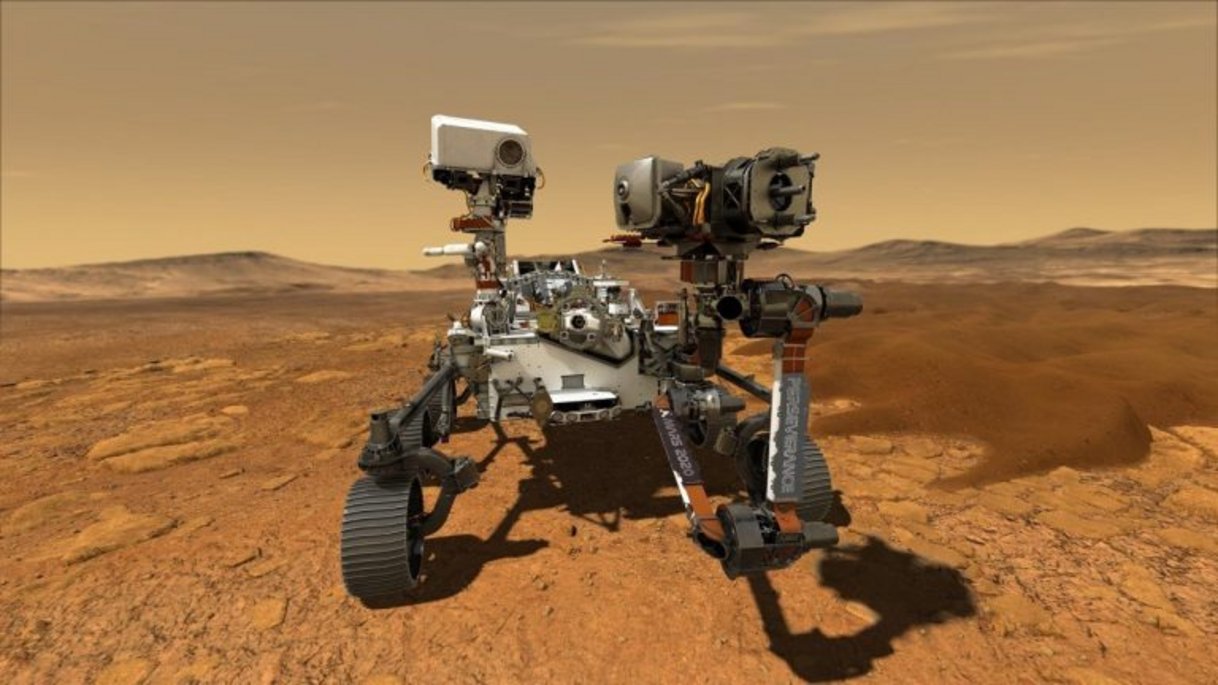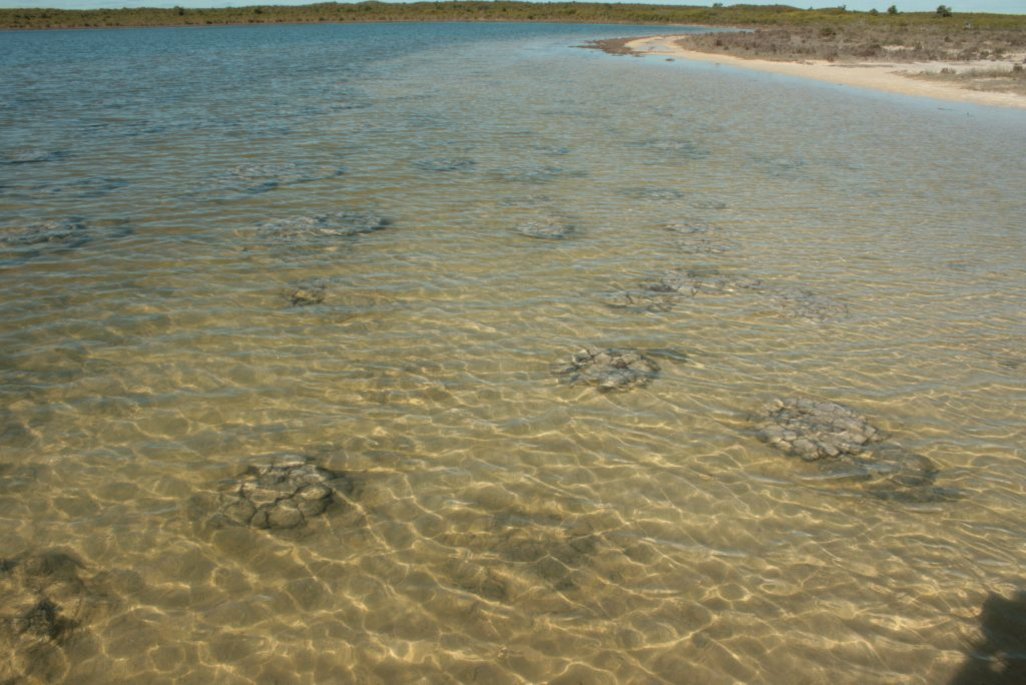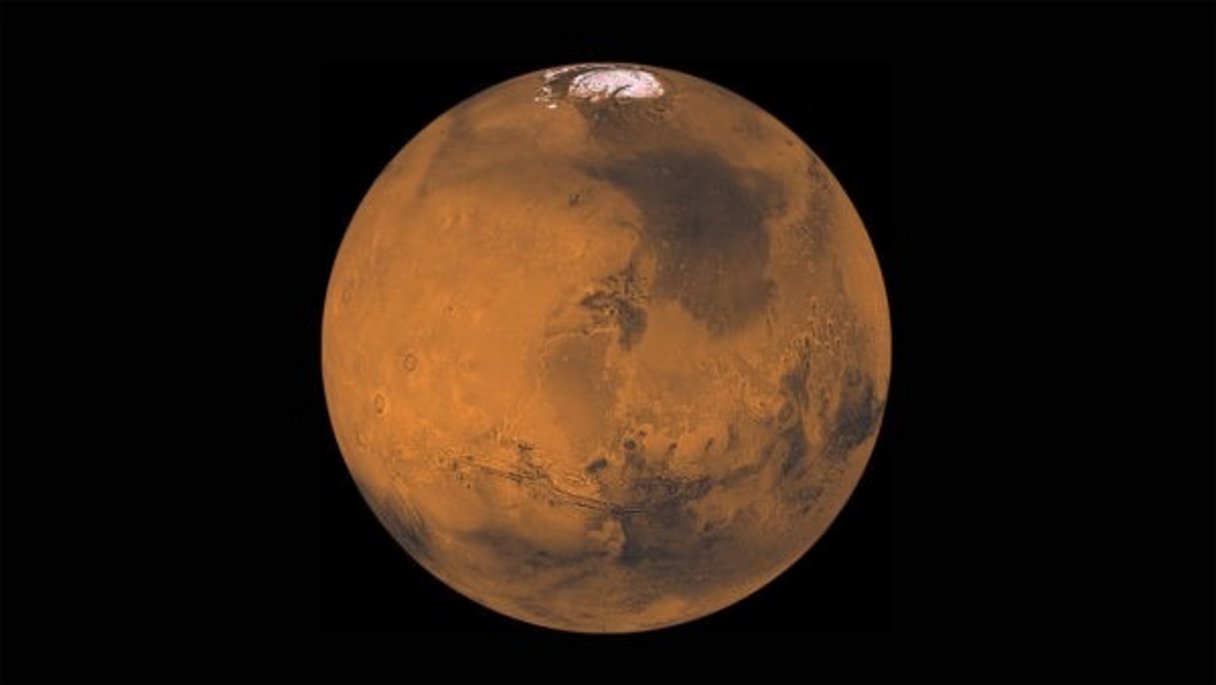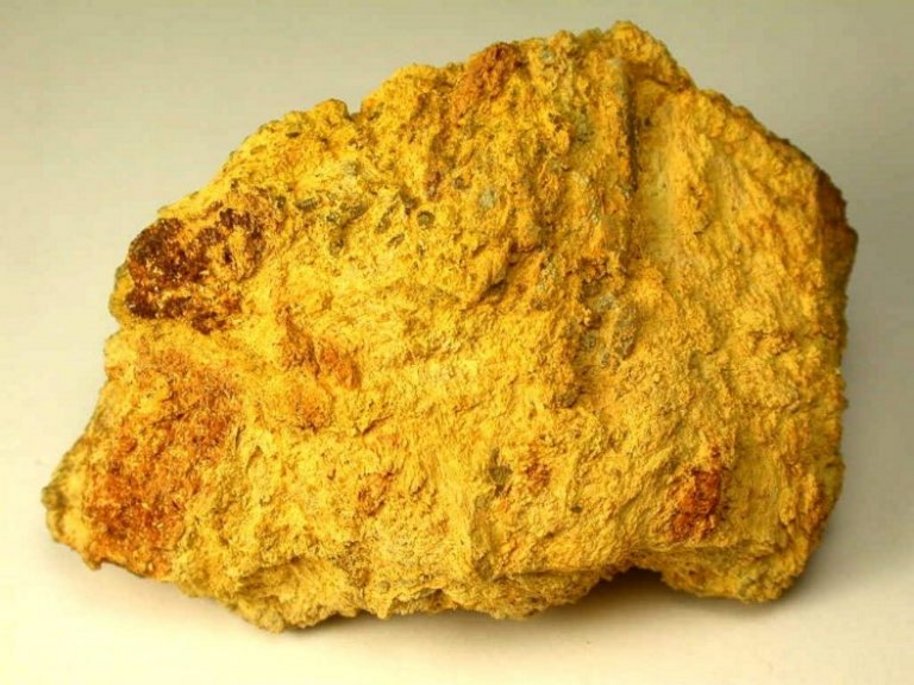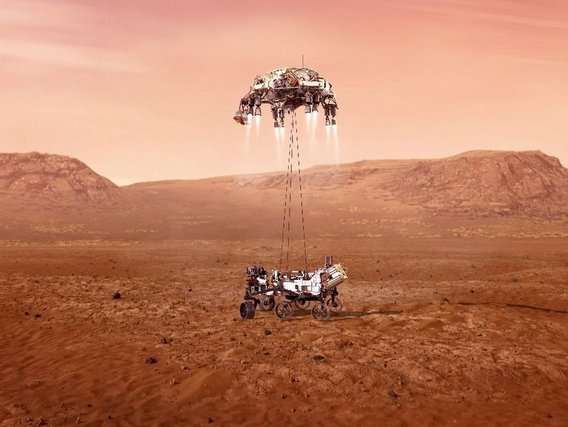
The recent mission by the American Space Agency (NASA) turned seven months old with the landing of the Perseverance rover along the Jezero crater on the Red Planet on 18 February 2021.
The central objectives of the Mars 2020 Mission are astrobiology, geology and the search for signs of life on the planet, seeking ways for human exploration on Mars. It is the first mission to collect and store Martian rocks and regolith. In order to gain a better understanding of geology the mission aims to help build a geological map of Mars. And with this, we can think about mining on the Red Planet in the future.
Another objective is to prepare for future human missions by experimenting with the production of oxygen directly on site. An instrument called Moxie, the size of a car battery, will be used to produce up to 10g of oxygen in an hour, sucking carbon dioxide from the Martian atmosphere like a plant.
The project cost around 2.7 billion dollars, carrying with it an experiment in technology, the Ingenuity Mars Helicopter, which carried out the first motorised and controlled flight on another planet. For more information, visit Mars 2020 Mission.
With this event in the spotlight, it's inevitable to wonder about the possibilities that the Red Planet has to offer us. Previous missions have provided a number of answers, and new questions have arisen as a result. In this way, the discoveries serve as fuel for the evolution of scientific research on Mars.

